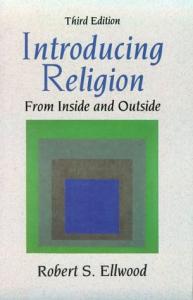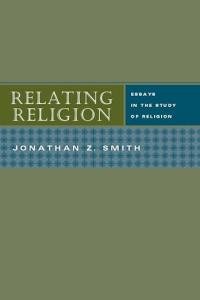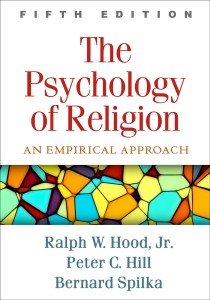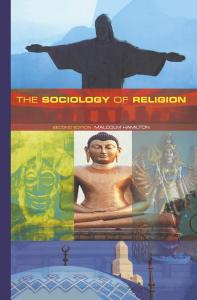Exploring the Complexities of Religion:
A Review of A Beginners Guide to the Study of Religion
by Bradley L Herling
Religion is a topic that has both fascinated and puzzled humanity for centuries. It has been a source of comfort and guidance for many while also being a cause of conflict and division. With its vast and diverse nature, the study of religion can be a daunting task for beginners. However, Bradley L Herling's book, A Beginners Guide to the Study of Religion, provides a comprehensive and accessible introduction to this complex subject.
Herling, a professor of religious studies at Marymount Manhattan College, draws on his years of experience and expertise to present a well-structured and insightful guide for those interested in exploring the world of religion.
The book begins with a brief overview of the history of religion and its role in human society. Herling emphasizes the importance of understanding religion in its cultural and historical context rather than viewing it through a narrow lens. He also introduces the concept of religious diversity, highlighting the various ways in which religion manifests itself around the world.
One of the most challenging aspects of studying religion is defining it. Herling delves into the complexities of this task, discussing the different perspectives and approaches to defining religion. He argues that religion is a multifaceted phenomenon that cannot be reduced to a single definition and encourages readers to approach the study of religion with an open mind.
Herling provides a comprehensive overview of the various theories and methods used in the study of religion. From the structural-functional approach to the symbolic and psychological perspectives, he covers a wide range of theories, explaining their strengths and limitations. He also emphasizes the importance of using multiple methods to better understand religion.
One of the most intriguing aspects of A Beginners Guide to the Study of Religion is Herling's exploration of the relationship between religion and culture. He argues that religion and culture are intimately intertwined and cannot be studied in isolation. Herling examines the influence of culture on religion and vice versa, using real-world examples to illustrate his points.
In the book's final chapters, Herling tackles some of the most pressing issues in the study of religion. He discusses the role of religion in politics, the impact of globalization on religious traditions, and the challenges of religious pluralism. Herling encourages readers to critically analyze these issues and engage in respectful, open-minded dialogue.
In conclusion, A Beginner's Guide to the Study of Religion is an excellent resource for anyone interested in exploring the complex and diverse world of religion. Herling's writing is clear and engaging, making it an enjoyable read for beginners and those with a background in religious studies. This book is a valuable tool for understanding the complexities of religion and its place in today's world.






